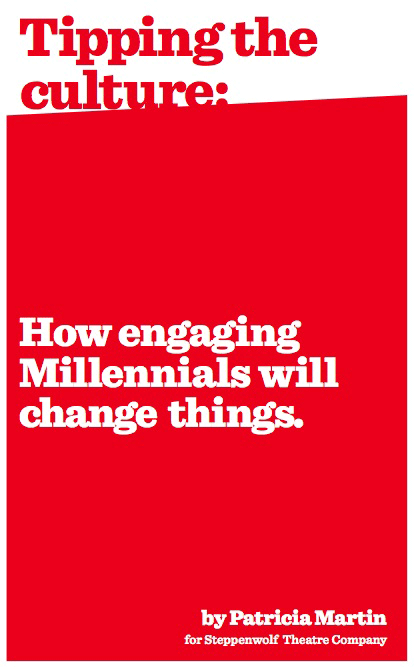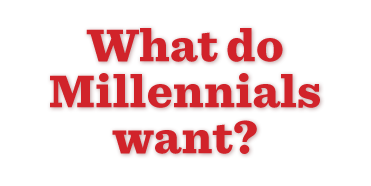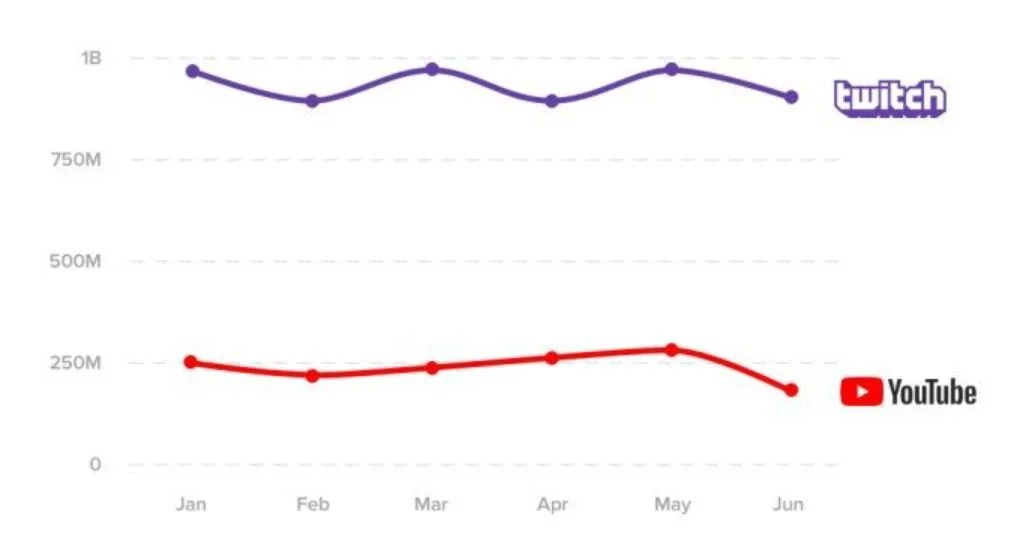This article will look at three companies, an established ‘big fish’ company, a late entrant to the market, and a ‘blue ocean’ company. Blue Ocean refers to the idea that a new marketplace with untapped potential can exist between two common marketplaces and one can create their own supply and demand. The companies this article will look at are; Twitch.tv, Mixer.tv, and Voxpop Games.
A Guide to Understanding Digital Network Interactions
The transition from physical to digital content is progressing unevenly in the United States, where those with advanced technology capabilities and capital are capturing a disparate share of the economic gains. Companies that are benefiting from these disparate gains in market share are also shaping the market to benefit their industry. The transition to digital content is important to understand as it is rapidly changing companies’ business models. This is particularly true for arts institutions in the post-Covid-19 era.
Mapping Movement: Network Mapping in the Dance Industry: Part 2
How well do you know the history of your industry? Could you list every branch, every individual, that helped to develop your industry into the complex and beautiful thing it is today? If you asked someone who works in the arts to craft such an image or list, they’d probably be able to give you a significant list of names. Yet, the truth is, a single individual’s list can’t provide the entire picture, just their perception of what the tree looks like.
The Millennial Generation: We’ve got the power
 Commissioned by the Steppenwolf Theatre Company, author and culture analyst Patricia Martin recently published the report “Tipping the culture: How engaging Millennials will change things.”Her extensive research on marketing to the generation “eclipsing Boomers and GenX” boils down to the following: the Millennials, those between the ages of 15 and 31, are more networked than any other generation and thus have the power to influence and determine the success and future of an organization.
Between blogs, Facebook, MySpace, Twitter and smart phone applications, the Millennials are here, there, everywhere, with everyone, and telling you about it. Because of this, if you can catch them and grab their attention, they will market your product for you. But this is not news. The folks here at Technology in the Arts have offered compelling reasons beyond the obvious (marketing advantages) why not-for-profit arts organizations should tap into these viral networks.
Commissioned by the Steppenwolf Theatre Company, author and culture analyst Patricia Martin recently published the report “Tipping the culture: How engaging Millennials will change things.”Her extensive research on marketing to the generation “eclipsing Boomers and GenX” boils down to the following: the Millennials, those between the ages of 15 and 31, are more networked than any other generation and thus have the power to influence and determine the success and future of an organization.
Between blogs, Facebook, MySpace, Twitter and smart phone applications, the Millennials are here, there, everywhere, with everyone, and telling you about it. Because of this, if you can catch them and grab their attention, they will market your product for you. But this is not news. The folks here at Technology in the Arts have offered compelling reasons beyond the obvious (marketing advantages) why not-for-profit arts organizations should tap into these viral networks.
Martin takes a look at the big guys, companies like Google, Ford Motors, and J. Crew, to uncover how they successfully snagged the Millennials. How has J. Crew managed to attract and maintain the 22 to 30 year old Millennials? How did Starbucks gain such a loyal following of 15 to 30 year olds? What techniques are these large, for-profit firms using to advance their brand and secure their position in the future marketplace? Using these case studies, Martin provides insight on marketing to this powerful group of young-adults, divulging what attracts them, how to include them, what they are thinking, what they want and how to engage them.
In her easy-to-digest exposé, Martin sheds light on a generation that seeks to both create and consumer content; a generation that is less interested in sitting passively in the audience than being engaged and having their input heard in the creation of the production. Martin offers the not-for-profit arts sector strategies for effective marketing to Millennials through personalized and engaging social media interactions.
So how do Starbucks and J. Crew do it?
1) Making Millennials the priority, then the brand
2) Increasing the firm’s emotional and lifestyle appeal
3) Creating a sense of belonging for customers through participation
What exactly does this mean to a not-for-profit?
Millennials crave connection, whether through broad networks and communities or through exclusive access to content that creates a sense of intimacy.
Translation: Open your backroom doors by posting video footage to Facebook of a “Day-in-the-life” of your museum director, reveal your “behind-the-scenes” preparations for an upcoming exhibition through Facebook status updates and photo uploads, or tweet from back-stage actors’ excitement moments before the opening act. For those of you theater connoisseurs, break the “fourth wall” to show Millennials you understand their desire for access to content and knowledge. Give Millennials the opportunity, through social media, to discover on their own what you are about. Martin describes this as an “egalitarian social model,” where you (the not-for-profit) and the Millennial become connected as friends and collaborators.
Once you have established a relationship with your users online, your work is only half complete. If you encourage participation online, be sure to reinforce your commitment to the Millennials and their contributions on-site by referencing user generated content in your play-bills, gallery maps, and museum guides.
There is a reason why the Broadway musical Rent and primetime TV shows such as CSI and Gossip Girl have gained momentum among Millennials: they are emotiona lly charged and engage Millennials in meaningful ways. Creating meaning for Millennials in your not-for-profit could begin with a blog. This forum allows for informal discussion, emotional content, and most importantly, participation. Have your blogger pose questions of substance that encourage meaningful and emotional responses in reaction to a performance or exhibit, such as “Do you agree?”, “What do you think?”, “Tell us how you feel” or “Which character did you relate to most?” By giving Millennials the unadulterated freedom to share their perspective and voice in a dynamic forum, they will have a more personalized experience with your organization.
lly charged and engage Millennials in meaningful ways. Creating meaning for Millennials in your not-for-profit could begin with a blog. This forum allows for informal discussion, emotional content, and most importantly, participation. Have your blogger pose questions of substance that encourage meaningful and emotional responses in reaction to a performance or exhibit, such as “Do you agree?”, “What do you think?”, “Tell us how you feel” or “Which character did you relate to most?” By giving Millennials the unadulterated freedom to share their perspective and voice in a dynamic forum, they will have a more personalized experience with your organization.
Fulfilling the emotional desire of Millennials to be connected, heard, and have meaningful experiences will increase the retention rates for this generation in your organization. It does not require the marketing budget or quarterly revenue of J. Crew or Pepsi, just greater attention to the entire customer experience of your cultural brand (think witty videos for downloading, thought-provoking quotes for Millennials to tweet and a survey to remind them they have a stake in your future).
To the Millennials out there, what social media and technological marketing strategies have won you over? And to the not-for-profit arts organizations, how do you use technology and social media to effectively connect with them?








